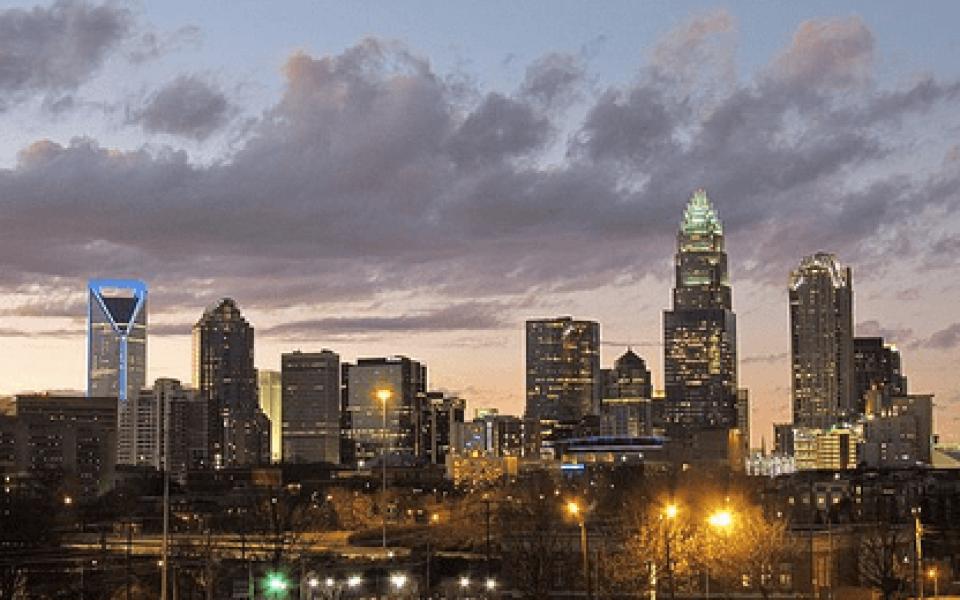Upon my return to Greensboro this May, I found the city radically transformed from the emptier, sleepier version I remember from my college years.
Back then, during the start of the Great Recession, the best culture available to undergrads was limited. Arts events either funneled through institutional channels — the Eastern Music Festival, NC A&T’s Robeson Theatre — or emanated from shabby artists’ lips, mouths and brains in warehouses and basements.
Five years on, that cultural divide no longer represents the status quo in Greensboro.
On the contrary: What’s apparent in Greensboro now is that a brisk, vivid, even graphic street-friendliness characterizes the art scene around town. While heavy economic investment in downtown still reflects institutional influence, individual artists stand out as the overwhelming source of the Triad’s newly visible creative verve.
With new street murals appearing regularly, and dazzling sculptures coming to dominate Triad streetscapes, public art’s star is on the rise — visual art, that is.
But what about performance art? Site-specific dance? Public theater? These cousins of public visual art boast several valuable characteristics that less mobile and less body-oriented forms of art fail to possess.
Site-specific dance, a staple of UNCG’s choreography education program that I participated in, enables active interaction between those dancing, those watching, and the physical location at which the dance happens. While no “about-ness,” to use the contemporary dance lingo, is necessary to constitute a site-specific dance, these works can draw on histories or meanings particular to the public site in question. For example, I can imagine an improvisational dance at the International Civil Rights Center & Museum that draws on movement motifs of sitting, eating, living and working with equity.
In terms of both content and delivery, arts performances that incorporate moving streetscapes into their active repertoires hold significant promise. Public stagings could showcase not only the Triad’s bevy of performing talent, but also the natural and architectural spaces that contribute to our cities’ beauty and history.
So here’s my plea to dancers, performance artists and theater folks of all kinds: Let’s get moving. We can embody the best of Triad culture anytime, anywhere.
For arts organizers, business investors, and other planning sorts: Consider the low overhead.
Join the First Amendment Society, a membership that goes directly to funding TCB‘s newsroom.
We believe that reporting can save the world.
The TCB First Amendment Society recognizes the vital role of a free, unfettered press with a bundling of local experiences designed to build community, and unique engagements with our newsroom that will help you understand, and shape, local journalism’s critical role in uplifting the people in our cities.
All revenue goes directly into the newsroom as reporters’ salaries and freelance commissions.


Leave a Reply